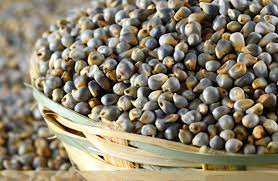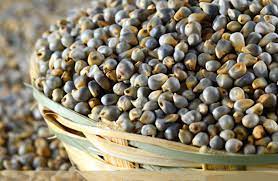
Millets in Hindi, or bajra, have been consumed in India for centuries and are gaining popularity worldwide due to their numerous health benefits. such small grains are packed with essential nutrients and are a great substitute for rice and wheat in our daily diet.
In this post, we will explore the various aspects of millet, including its nutritional value, health benefits, different types, and how to incorporate them into our meals. So, let’s dive into the world of millets and discover why they are considered a superfood!

1. What are millets and their nutritional value?
Millets are a group of small-seeded grasses that are cultivated as a staple food in many parts of India. They are rich in dietary fiber, protein, vitamins, and minerals. Millets are gluten-free, making them an excellent choice for individuals with gluten intolerance or celiac disease. Additionally, they have a low glycemic index, making them suitable for people with diabetes. natural viagra
2. What are the health benefits of consuming millet?
a) Improved digestion: The high fiber content in millets aids in better digestion and prevents constipation.
b) Weight management: Millets are low in calories and help in maintaining a healthy weight.
c) Heart health: Millets are rich in magnesium, which helps reduce the risk of heart diseases.
d) Diabetes management: Millets have a low glycemic index and can help regulate blood sugar levels.
e) Bone health: Millets are a good source of calcium and can contribute to maintaining strong bones and teeth.
f) Antioxidant properties: Millets contain antioxidants that help protect against various diseases and promote overall well-being.
3. What are the different types of millets?
a) Bajra (Pearl Millet):
It is the most commonly consumed millet in India and is known for its high protein content.
b) Jowar (Sorghum):
It is another widely consumed millet and is rich in iron, calcium, and phosphorus.
c) Ragi (Finger Millet):
Ragi is a powerhouse of nutrients and is particularly beneficial for infants, growing children, and lactating mothers.
d) Foxtail Millet:
Foxtail millet is rich in dietary fiber and is a good source of energy.
e) Little Millet:
Little millet is loaded with essential minerals like iron, potassium, and magnesium.
4. How can millet be incorporated into our meals?
a) Millet flour:
Millet flour can be used to make rotis, dosas, and even baked goods like cookies and bread.
b) Millet porridge:
Millet grains can be cooked with milk or water to make a nutritious and filling porridge.
c) Millet pulao:
Millets can be used as a substitute for rice in pulao recipes, adding a nutty flavor and unique texture.
d) Millet salad:
Millets can be added to salads along with vegetables and herbs for a healthy and refreshing meal.
e) Millet snacks:
Millets can be used to make delicious snacks like puffed millet bars, crispy bhel, or even as a topping for yogurt.
Conclusion
Incorporating millet into our diet can be a game-changer for our health and well-being. With their impressive nutritional profile and numerous health benefits, millets are truly a superfood. So, let’s embrace these tiny grains and explore the delicious and nutritious world of millet-based recipes. Make a conscious choice to include millets in your meals and enjoy the journey towards a healthier lifestyle.
